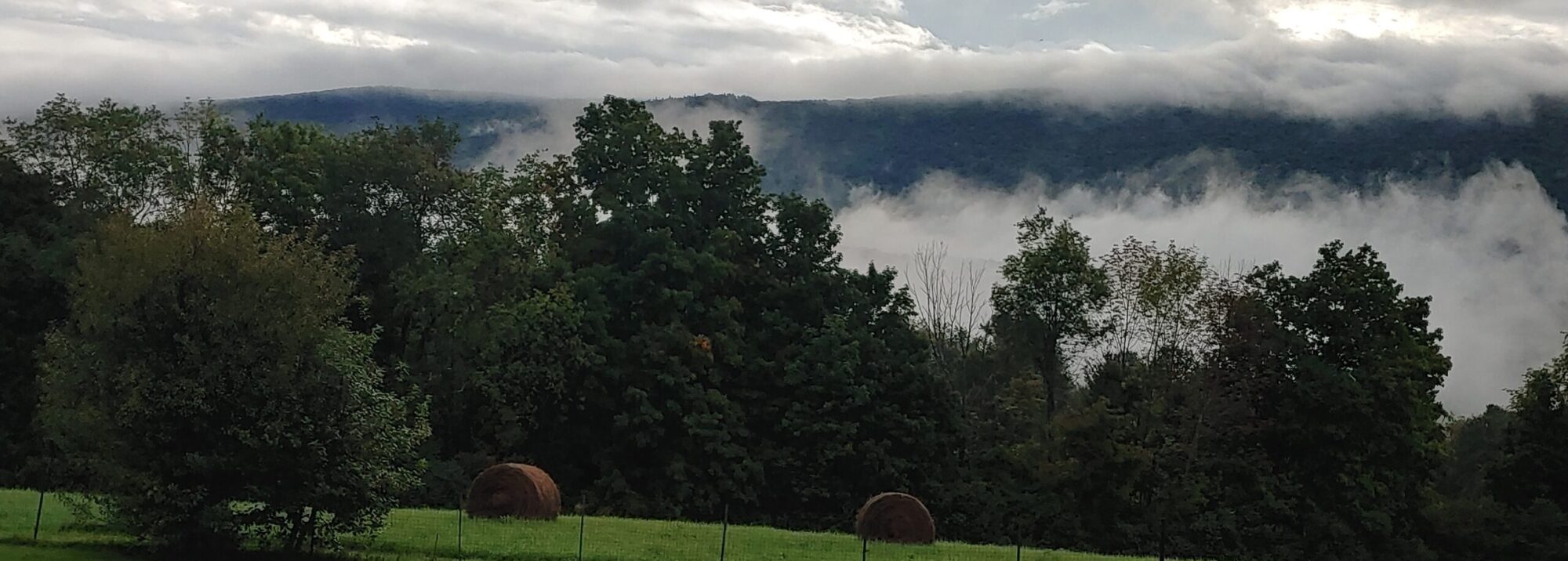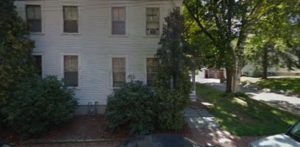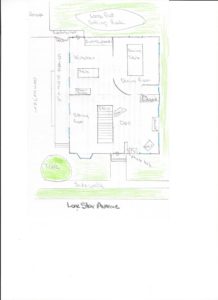Twenty-four years and two months ago, I served Mr. Rogers dinner. He was visiting Princeton Theological Seminary, lending his expertise to the media department as it moved into the 21st century. Other than the slight disappointment that he didn’t change into sneakers and a sweater when he arrived at the seminary president’s house, he was everything I’d hoped and expected he’d be: kind, soft spoken, and attentive. When I served rolls, refilled glasses, or set dessert in front of him, Fred Rogers looked me in the eye and thanked me. But that wasn’t all that happened…
Toward the end of the meal, one of the dinner guests mentioned to Mr. Rogers that I would be starting a PhD program in the Fall.
“Make sure to look at the robes worn by the PhD grads,” he said. “One day, you will wear those colorful robes.”
I thought it an odd comment, but nodded politely. It was then that I had my Mr. Rogers moment. He turned in his chair, looked directly at me and said, “It’s what’s on the inside that counts.”
“I think so, too,” I said.
Fred Rogers was an ordained Presbyterian minister whose work with children blessed countless numbers of pre-schoolers. Rather than entertain, he chose to engage, moving at a pace most suitable to the under five crowd. He chose to interpret Jesus’ summary of faith – love God, self, and neighbor – literally, by being a good neighbor and a kind presence in a medium that too often only wanted to sell toys or breakfast cereal.
One of the most profound truths of faith is that we are all connected. Through prayer, work, and play, we touch the lives of those around us in this time and place – and well into the future. In a world that values sarcasm over kindness and speed over intention, it’s a marvelous thing to have a neighbor like Fred Rogers – even if it’s only through the tv set. When others went for cleverness, he stayed with sincerity. His message at all times: You are lovable, loved, and unique. You are a delight to God and a gift to the world. I don’t know anyone who can live a good life without someone saying these truths to them.
Thank you, Fred Rogers. I’m so glad you were my neighbor.
[Won’t You Be My Neighbor? is playing in theaters. It’s wonderful, bring tissues.]



